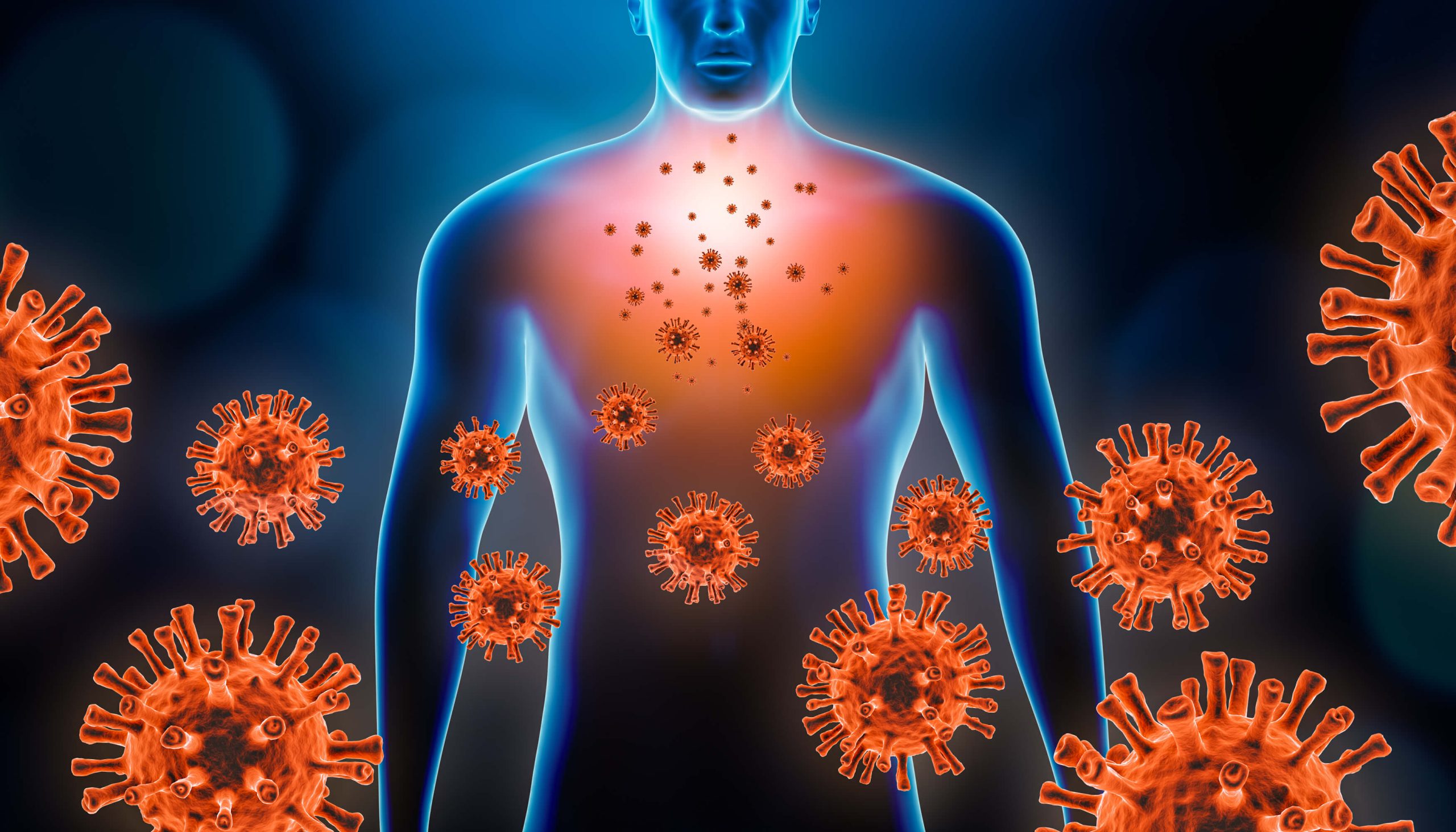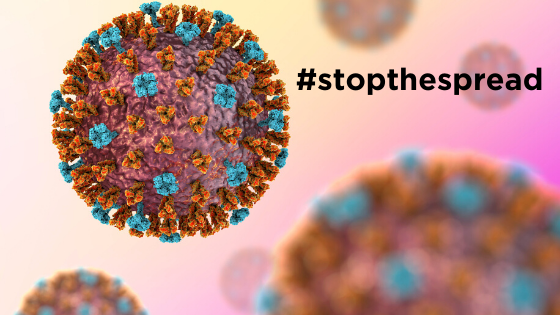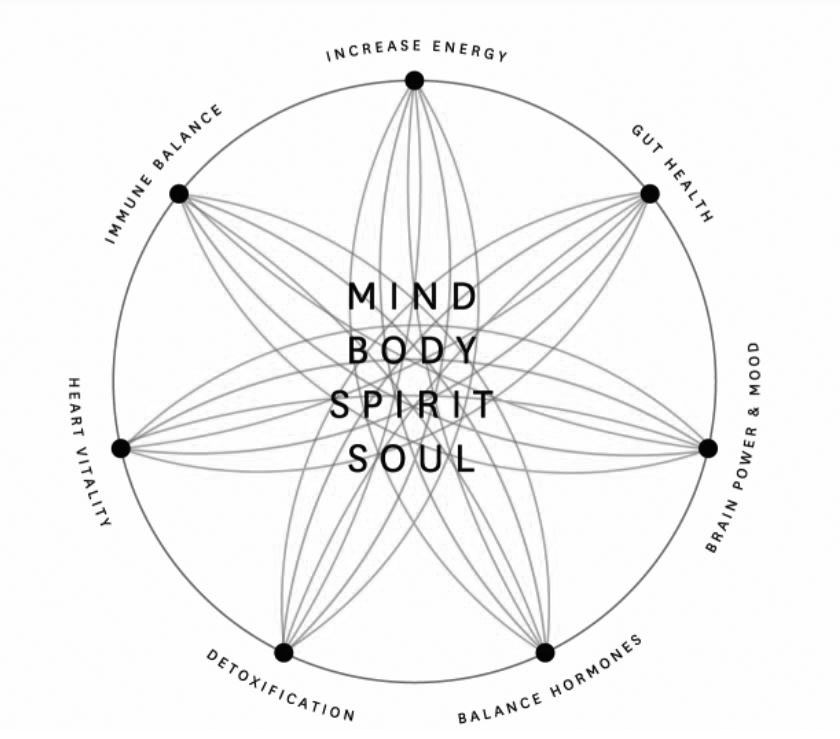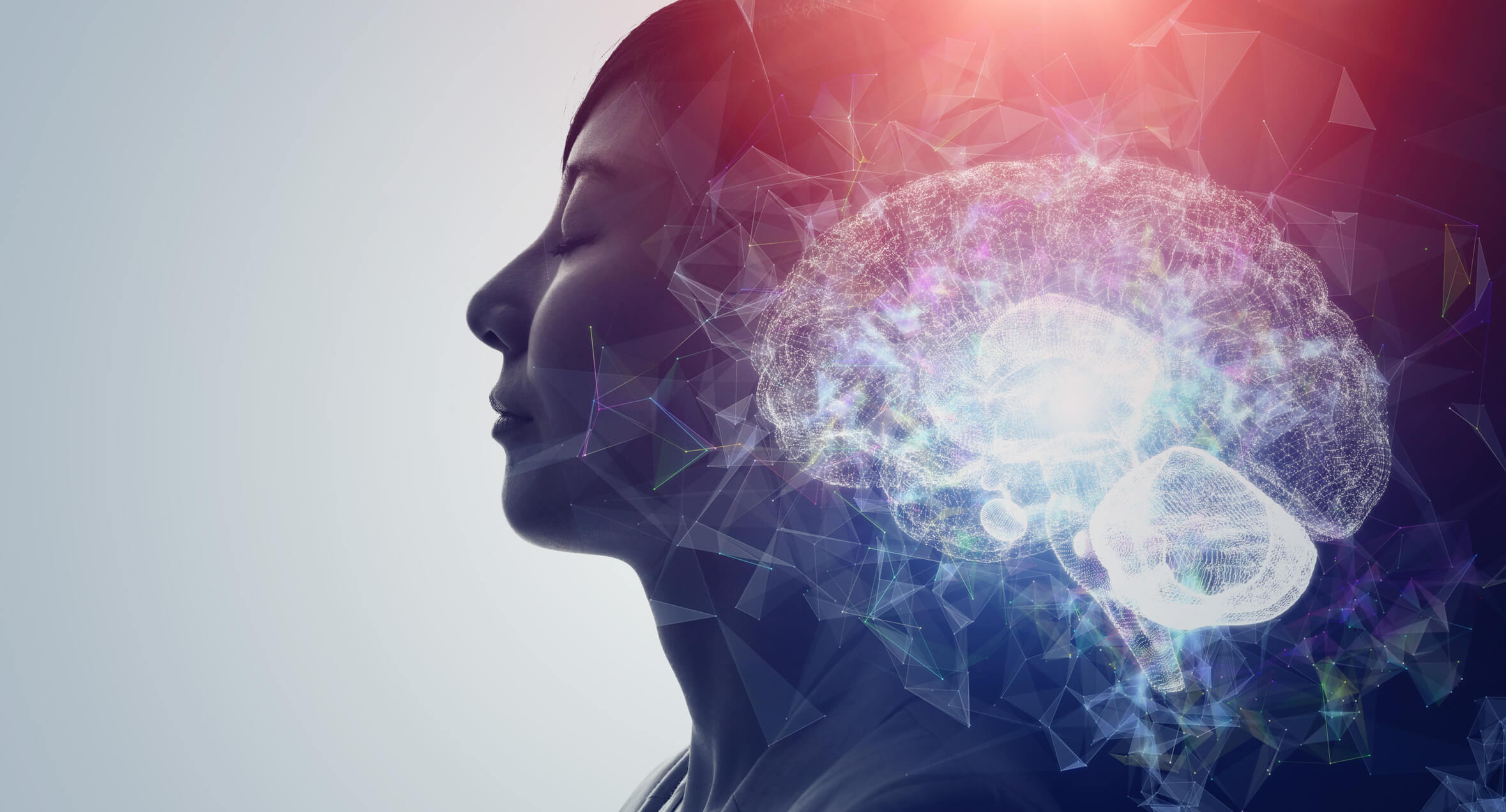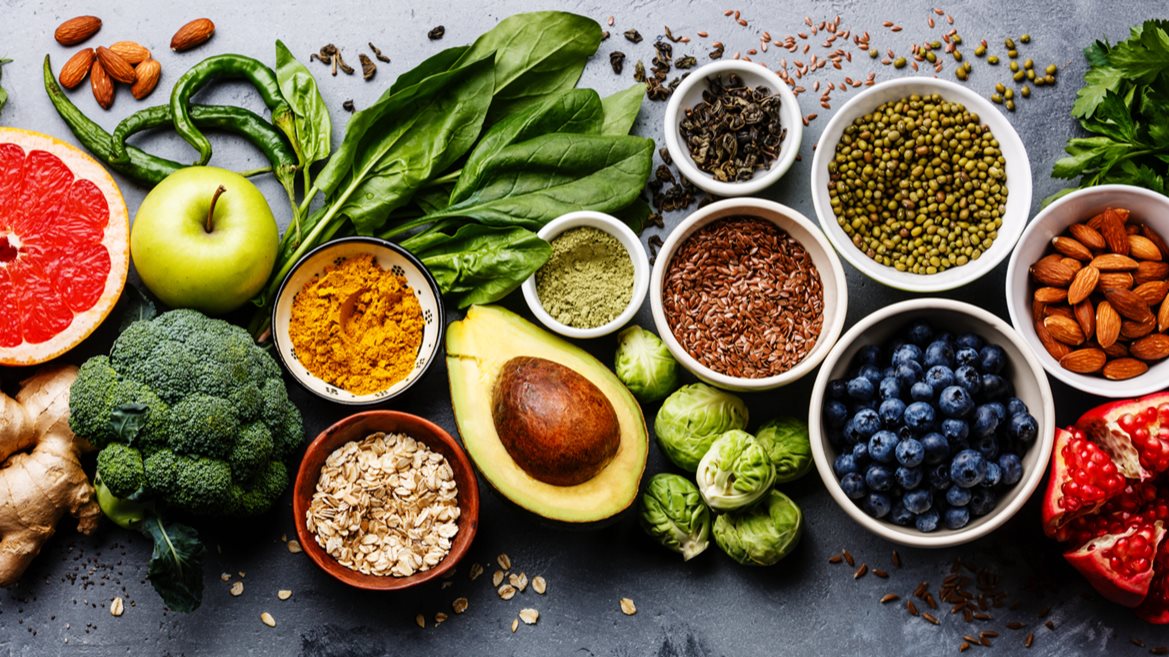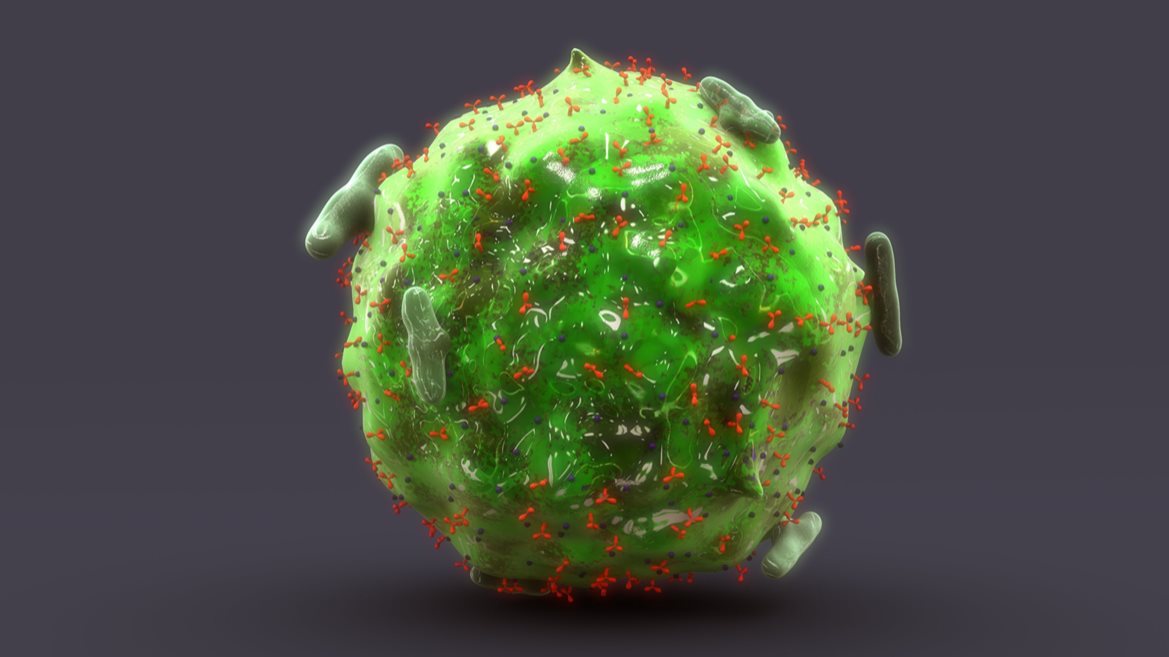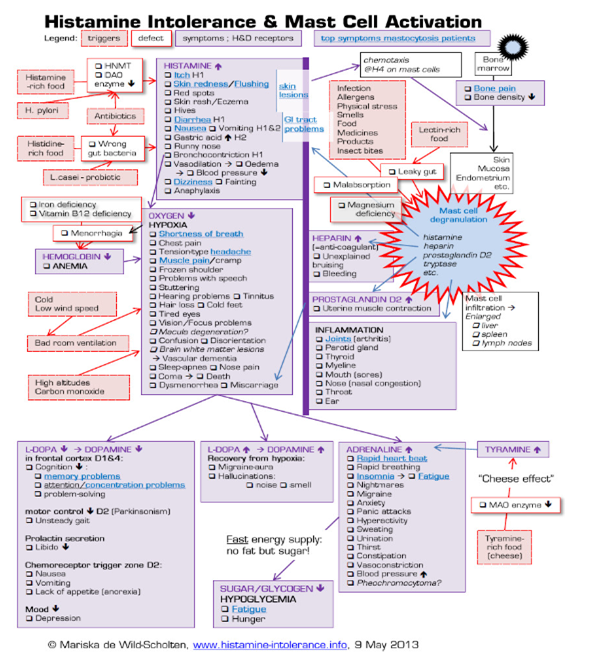There is an uncompromising connection between COVID-19 and the immune system. Having a supercharged immune system is proving to be our best defense against the virus. Let’s get into the heart of what COVID-19 is, how it spreads, and what supplements you can consume to heighten your immune system function. Before knowing how to fight or treat the virus, we need to better understand what is COVID-19.
What is COVID-19?
The Government of Canada states that the Human coronaviruses or COVID-19 causes infections in the nose, throat, and lungs. It is spread by touching your mouth, nose or eyes after touching respiratory droplets spread by an infected person. Let’s explore what to do to prevent COVID-19 from infecting our bodies.
What can we do to prevent COVID-19 from striking our Immune Sytem?
Just like with Influenza, the very best prevention from COVID-19 is washing your hands and not touching your mouth, nose, or eyes. This invaluable advice is only half the battle. let’s explore the best defense to stop COVID-19 in its tracks.
Your best defense to preventing COVID-19 is keeping your body healthy. Let’s supercharge your immune system with the proper vitamins and minerals and make it a new lifestyle!
Supercharging Your Immune System is Your Best Defense
Supercharging your immune system should be the focus of our everyday living. Let’s put it into perspective. If didn’t have an immune system, we would be fully open to the invasion of foreign bodies like viruses, bacteria & parasites, fungus & toxins. These invaders would overtake our bodies and we would be in a constant state of sickness. Pretty scary, huh?
A functioning, healthy immune system is always on the lookout for foreign invaders. These invaders are called antigens. Our cells, tissues, proteins, and organs all take part in the process. Our body responds, attacks, and rids them from our bodies. This is called immuno-response or immune system response.
Immune System Response
Our immune system responds by producing antibodies to fight the antigens. A copy of the antibody remains in your body for when the same antigen appears, which is why you get some diseases like measles, only once!
If our immune system is not functioning, your body will be open and susceptible to the myriad of diseases that come your way. A supercharged immune system can help fend off diseases, like COVID-19, or coronavirus.
Supercharging Your Immune System Response
How can we supercharge our immune system response? A healthy lifestyle is your immune system’s best friend. Here are 9 things you can do to raise your immune function and keep viruses like COVID-19 at bay.
- Stop Smoking and reduce your consumption of alcohol
- Reduce artificial sugar intake
- Increase the consumption of fruits & vegetables.
- Use essential oils with antiviral properties like oregano oil
- Exercise daily
- Sleep a minimum of 8 hours every night
- Minimize stress and anxiety
- Practice stress-reducing activities like meditation and yoga
- Take the proper supplements
The Proper Supplements
At Linden & Arc Vitality Institute, our knowledgeable doctors can provide you with information about the proper supplements and doses your body needs for a thriving immune system. Amongst the many, 3 supplements stand out to supercharge your immune system: Vitamin C, Vitamin D, and Magnesium.
Vitamin C and Immune System Function
Any infection at the cellular level experiences a higher level of oxidative stress and can have a destructive effect on the body. New studies on COVID-19 suggest that high-dose vitamin C is an effective treatment. Immune function is only one step to optimum health. Taking more vitamin C may not boost the immune system. We must look at the whole body’s health including gut health, hormone balance, detoxification, and treating underlying issues.
If you do not have enough Vitamin C in your diet, consider adding this to your health regimen. If you have a suppressed immune system, you might want to consider mega Vitamin C doses, monitored by a health practitioner. This along with other immune system boosting practices will hopefully keep COVID-19 away from you and your family.
Vitamin D-Light-ful: The Sun Source
This D – LIGHT – ful supplement is an incredible immune system booster. Most know that Vitamin D helps to prevent colds through the winter months. The lack of natural Vitamin D from the sun makes the winter months tougher. Colds and flu are prevalent in every household. It plays a huge role in activating immune cells or T-cells & macrophages that attack viruses and gives anti-inflammatory properties.
Vitamin D deficiencies can increase the risk of respiratory infections and the development of acute respiratory failure. COVID-19 is respiratory in nature, which puts humans at greater risk. Consider adding Vitamin D to your health regimen with the consultation of a physician.
Glutathione: The Mother of All Antioxidants
Glutathione is the “mother of all antioxidants.” Our bodies normally carry a bountiful amount and it exists in many of the foods we eat.
Find amazing sources of sulfur-rich foods in vegetables like broccoli, cauliflower, kale, cabbage, asparagus & spinach, and allium vegetables like onions, garlic, shallots, chives & leeks. Don’t mistake the power of glutathione for healthy immune function.
As a boost to the effectiveness of the healthy foods you are eating, glutathione is found in supplement form as well. What are the right vitamin & mineral supplement doses for you?
Vitamin Supplements & Doses
It is virtually impossible to consume enough vitamin-rich food to keep our body’s immunity heightened. Supplements will be beneficial to fight off COVID-19.
Never underestimate nutrition and the bountiful knowledge of your physician. With your health history on hand and the knowledge of risk factors under their belt, their advice will be very beneficial to you.
If you believe you have COVID-19, get tested immediately, and quarantine for the recommended 14 days.
Please refer to The Key to Healing, where we explore the art of breathing, which helps respiratory function.
Immune Function is one of Linden & Arc Vitality Institute’s 7 Nodes of Healing (see picture below), our holistic approach to optimum health. Achieving the health of the mind, body, spirit & soul is the only way to practice medicine.
Take your health into your hands and contact us at [email protected].
